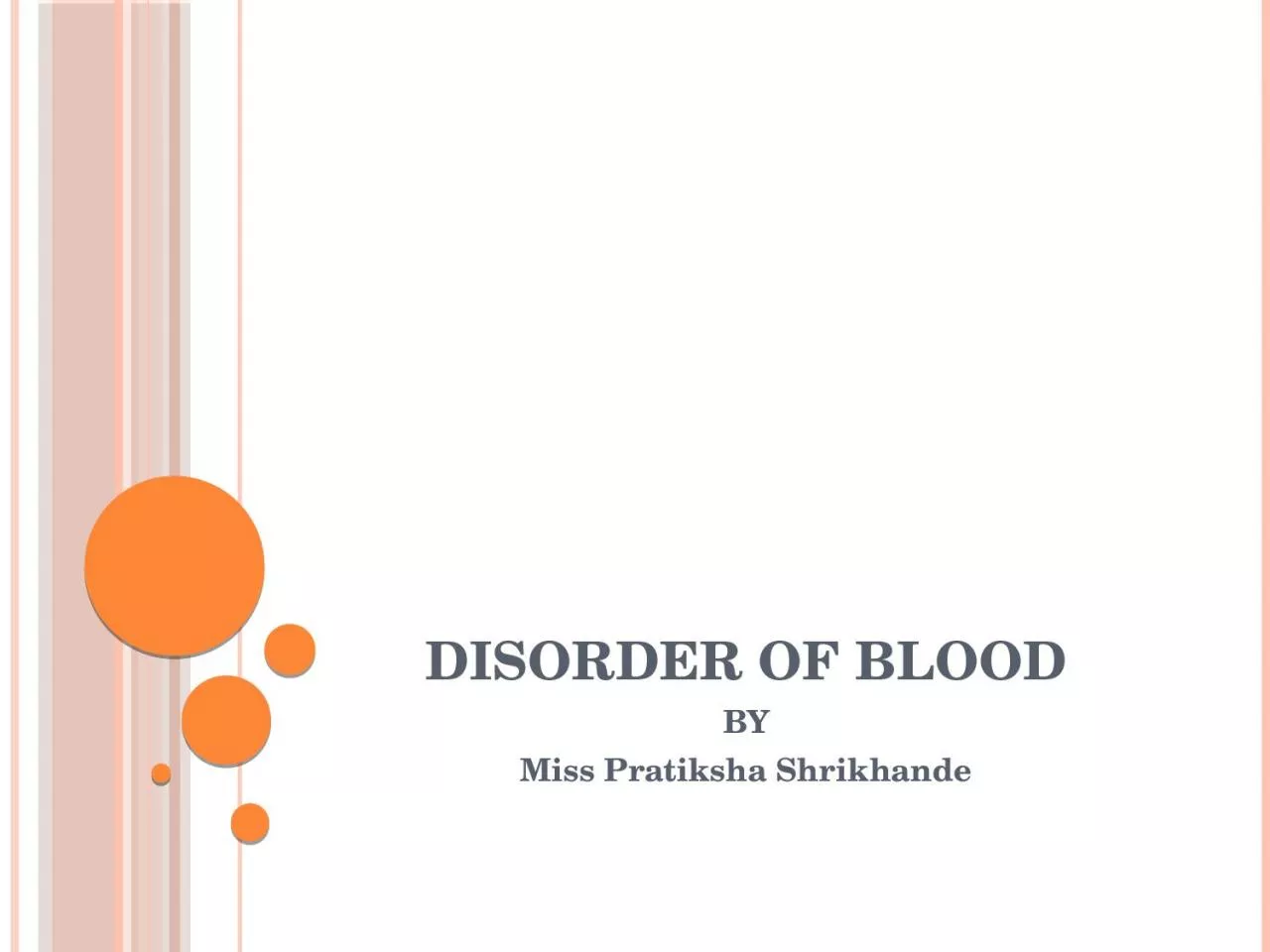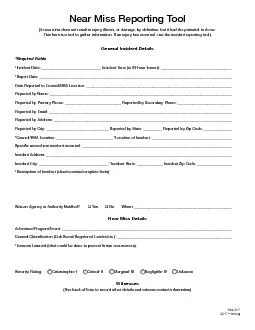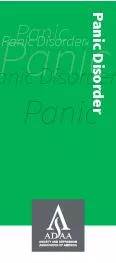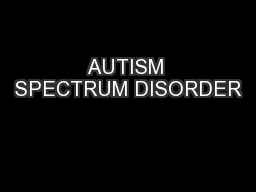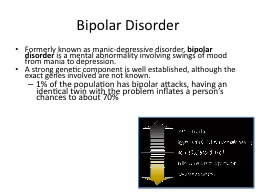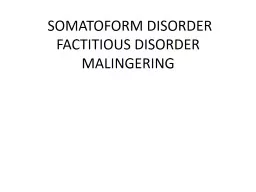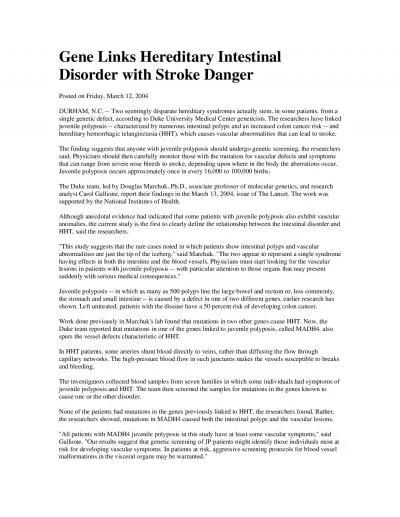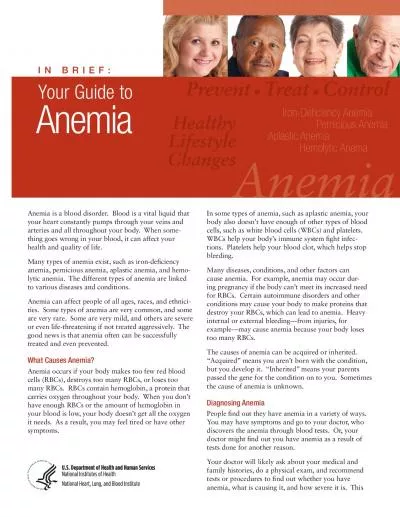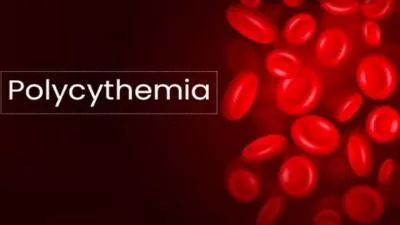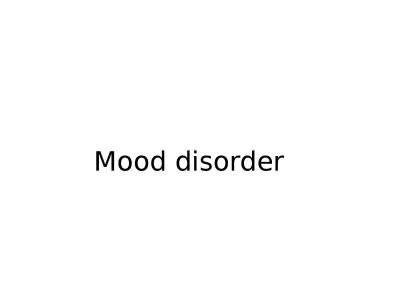PPT-Disorder of blood BY Miss
Author : LoneWolf | Published Date : 2022-08-04
Pratiksha Shrikhande Disorder of RBC The disorder of rbc occure in the form of either anemia or polycythemia ANEMIA It is the disease involving deficiency
Presentation Embed Code
Download Presentation
Download Presentation The PPT/PDF document "Disorder of blood BY Miss" is the property of its rightful owner. Permission is granted to download and print the materials on this website for personal, non-commercial use only, and to display it on your personal computer provided you do not modify the materials and that you retain all copyright notices contained in the materials. By downloading content from our website, you accept the terms of this agreement.
Disorder of blood BY Miss: Transcript
Download Rules Of Document
"Disorder of blood BY Miss"The content belongs to its owner. You may download and print it for personal use, without modification, and keep all copyright notices. By downloading, you agree to these terms.
Related Documents

